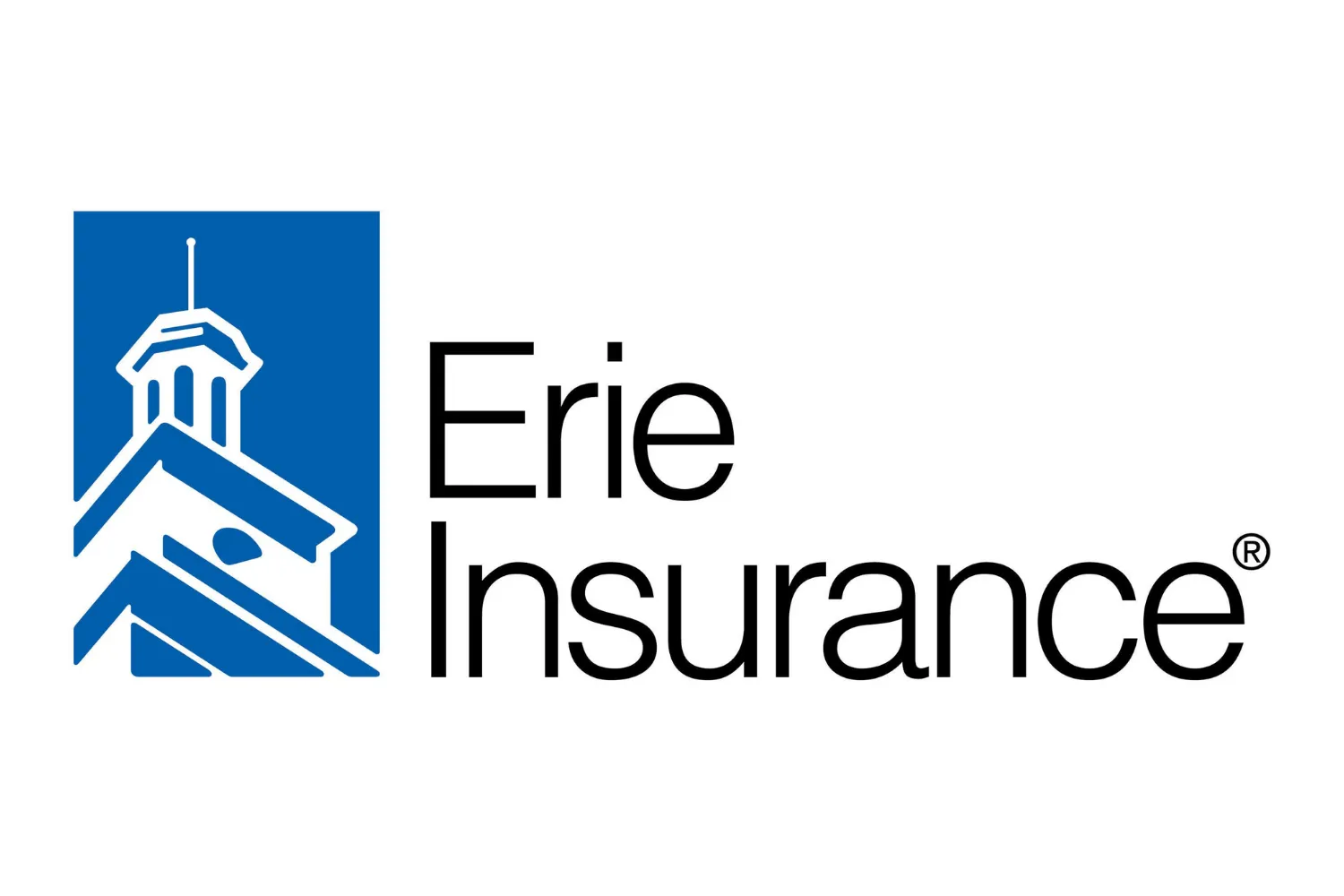MOLD PREVENTION METHODS
Mold needs organic items to feed on and moisture to develop in a house. Mold thrives on organic elements found in homes, such as wood, drywall, and numerous other construction components. Moisture, on the other hand, can be efficiently managed. Therefore, keeping moisture levels in your home low is the best way for mold prevention. If you see signs of mold, it’s not too late to save many of your belongings. Removing the source of moisture is crucial to stopping mold growth within your home. There are several ways that you can take care of this problem, the best of which is to contact a mold remediation company such as Excel Fire And Water Damage Restoration Services that can come out to your home and clean up the mold, saving you time, money, and energy.
Mold can be very problematic for homeowners, but the good news is that with the right preventive measures, it can be kept to a minimum. In this blog post, you’ll learn about mold prevention methods you can use to ensure that mold doesn’t end up taking over your home.
Learn More About Our Mold Prevention Methods
When it comes to mold prevention methods, there are so many different things you can do. It might seem a little overwhelming, but don’t worry! Just take a deep breath and know that Excel Fire And Water Damage Restoration Services is here to help you. We have all the tips, tricks, and resources you need to implement mold prevention methods into your life.
Here are just some of our best mold prevention tips!
- Mold Prevention Through Moisture Control: Most molds require 24-48 hours of wetness to start growing. As a result, if a suitable substance in your home gets moist for more than 24 hours, mold may begin to form.
- Mold Prevention By Eliminating Water Leaks: Moisture problems in the home are often caused by a few major factors. Water leaks are one example. Leaking roofs or walls, leaking pipes and taps, or a leaking shower are examples of these. If you discover any leaks in your house, you should address them right away. You may need to check your property to discover any hidden water leaks.
- Prevent Mold By Eliminating Condensation: Condensation is another common source of moisture. When water vapor in the air cools and becomes liquid, it condenses on cold surfaces. Condensation is common on metal pipes, concrete walls, water tanks, and windows. One method for reducing condensation is to make rooms warmer. Installing insulation, for example. You can also insulate the surfaces themselves, for example by wrapping metal pipes with insulation. If you maintain the humidity in your home low, you’ll have less condensation.
- Mold Prevention By Reducing Humidity: If the humidity remains high for an extended period of time, several mold species can begin to develop. In fact, certain molds can begin to grow if the humidity level rises beyond 55%. Ventilation is the most effective technique to keep humidity low in your house. Open the windows throughout the day, especially if it’s hot, because this is when the humidity outdoors is generally the lowest. However, if it is pouring outside, close your windows. Ventilation is especially necessary in places where steam and moisture accumulate, such as the kitchen and bathroom. Exhaust fans aid in the reduction of humidity when doing tasks such as cooking or dishwashing. Air conditioners and dehumidifiers can both help to reduce household humidity.
- Wet Clothes And Mold Prevention: Wet clothing is a major source of moisture concerns in houses. You should promptly dry your clothing after washing them. Do not leave them in a damp pile for an extended period of time. Also, don’t leave any damp garments hanging around that need to be laundered. If possible, hang your clothing to dry outside on a clothesline. Hanging them indoors on a clothes horse or an indoor clothes line will not dry them as quickly, and the moisture from your clothing will escape into the air, increasing humidity. If you dry them in your home’s clothes dryer, try to exhaust the air outside if feasible. In any event, ensure the area where you’re drying your items is adequately ventilated.
- Removing Mold: Once mold has begun to grow in your house, simply removing the mold’s moisture source will not suffice. Mold that has run out of moisture might remain dormant for an extended period of time before dying. So, if you already have mold development in your house, you must take action to eradicate it.
- Mold Food Sources And Cleaning To Prevent Mold: Mold develops and feeds on organic materials like wood or cotton. Mold should not grow on surfaces such as plastic, metal, or glass unless there is a coating of grease or some organic substance to feed on. Wood, carpet, food, paper, insulation, wallpaper, paint, wallpaper adhesive, plasterboard, textiles, cotton, books, leather, chipboard, furniture, dust, ceiling tiles, inside air conditioners, and nearly any other organic substance are typical substrates for mold growth in the house. Cleaning on a regular basis will help to decrease the dirt and filth that mold thrives on. To eliminate dust and other items that mold might develop on, dust and vacuum often, ideally with a HEPA (High Efficiency Particulate Air) filtered vacuum cleaner. It has been shown that dust is responsible for the growth of 80 percent of mold.
- Minimizing Mold Spores For Mold Prevention: Mold spores can be found in the air outside. They constantly drift through structures, and there is no feasible method to eliminate all mold spores indoors. However, if the quantity of mold spores inside is much higher than the concentration outside, it can begin to create health problems. A larger concentration of mold spores increases the likelihood of mold issues developing. Mold spores infiltrate homes through windows, doors, and air ducts, among other places. They can also be carried inside by attaching themselves to skin, clothing, hair, pets, and so on. Although you cannot eradicate all mold spores within your house or prevent all mold spores from entering, reducing the quantity of spores can save you from developing mold-related health problems and will reduce the likelihood of mold growing in your home. To keep mold spores at bay, clean and dust often. For mold prevention, vacuum your home on a regular basis, especially with a HEPA vacuum cleaner. Mold spores are also removed from the air by HEPA air filters in your house.
- Sunlight To Prevent Mold: Mold thrives in dark, enclosed areas. Allowing sunshine in reduces the likelihood of mold growth, therefore open the curtains in rooms throughout the day to allow natural light in.
- Warmth And Preventing Mold: Mold does not develop well in cold temperatures. Mold thrives in warm, humid environments. Most molds require a temperature of at least 70 degrees Fahrenheit (20 degrees Celsius) to develop. Air conditioners that manage the temperature of your home can aid in the prevention of mold growth.
Conclusion
In conclusion, there are many forms of mold prevention methods. It is best to prevent mold from ever appearing in the home, but if it does, having an expert to deal with the issue is crucial. If you are having mold issues, or if you need help preventing future mold issues, consider hiring Excel Fire And Water Damage Restoration Services to help with your mold problem.
Additionally, Excel Fire And Water Damage Restoration Services offers many other services in addition to mold removal and remediation. They can also offer water damage restoration in conjunction with mold removal if that becomes necessary. The experts are waiting to help!
A Mold Remediation Company Serving Illinois
Contact Excel Fire And Water Damage Restoration Services now at (224) 478-1661 for 24 hour basement water damage restoration, fire damage restoration, or mold treatment, or receive a quick quotation from our website. Our mold remediation experts will get to your Illinois home or business in 30 to 60 minutes.
Learn more about Most Common Causes Of Mold In Homes













